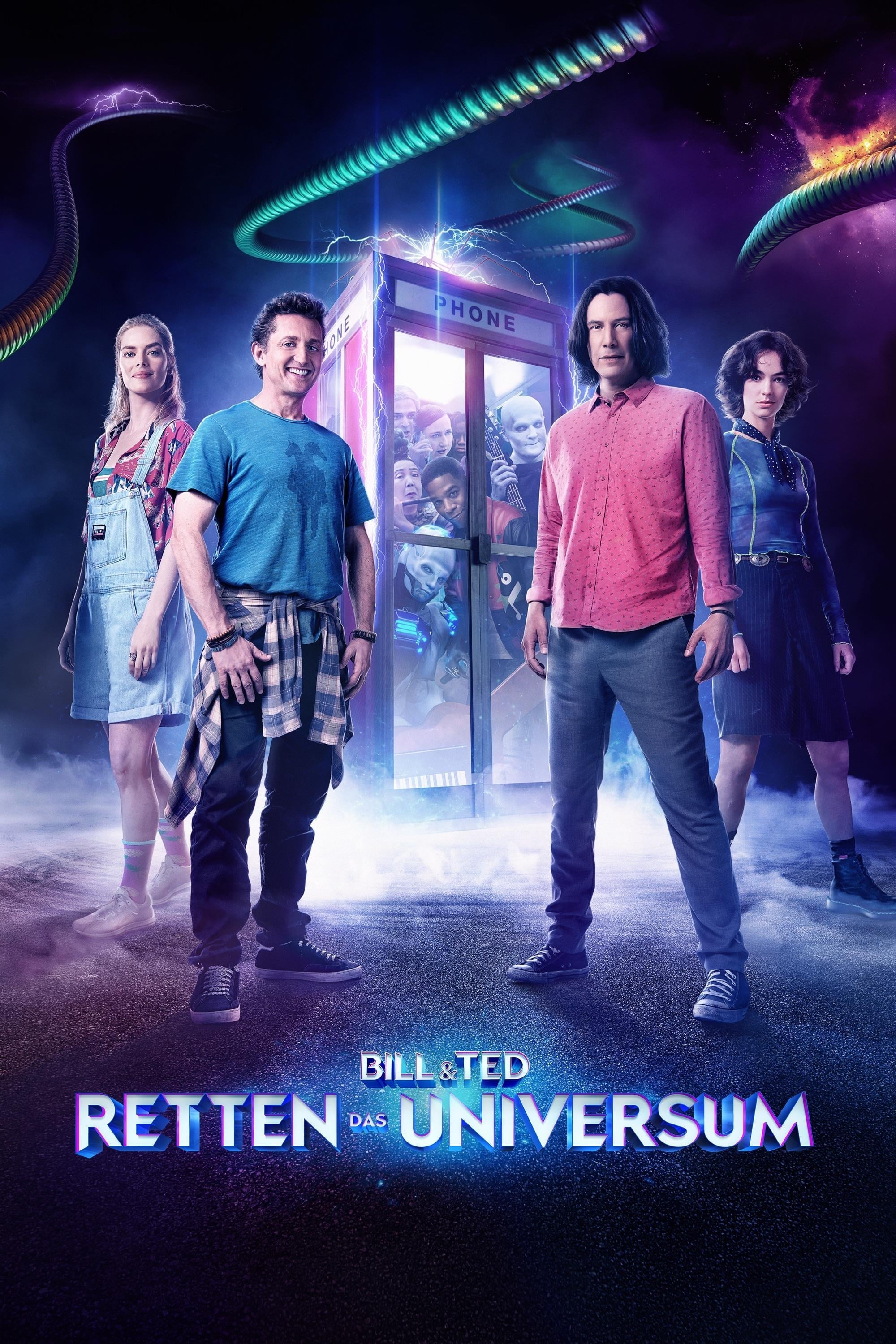
Johannes Brahms – Symphony No. 4 & Hungarian Dances – Pittsburgh Symphony Orchestra, Marek Janowski (2008)
DSF Stereo DSD64/2.82MHz | Time – 56:55 minutes | 2,25 GB | Genre: Classical
Official Digital Download – Source: nativeDSDmusic | Digital Booklet | © Pentatone Music B.V.
Recorded: Heinz Hall, Pittsburgh, November 2007
The brotherhood of writers likes to get hold of a slogan in order to effectively and boldly describe a composer and his oeuvre. However, such an abbreviated description is not without danger, if not followed by subtle arguments for the choice of the words. Nevertheless, please permit the undersigned also to mention a catchy phrase in the case of Johannes Brahms, which concentrates the mind on the essential. Therefore, should one wish to label Brahms as a composer, then it would most certainly not bear the inscription of a “symphonic” or “Lied” composer, but – if the word existed – of a “variationalistic” composer. After all, the main purpose of Brahms’ life as a composer was the constant transformation of the musical material at hand, the re-examination of traditional elements and forms. And also during the course of his four contributions to the symphonic genre, which indeed caused him such great problems at first, the variation model was ceded an increasingly important role.
Marek Janowski is a skilled conductor and the Pittsburgh Symphony Orchestra is capable, but in this recording of Brahms’ Fourth Symphony and Hungarian Dances Janowski substitutes quirky and eccentric interpretation for more substantial musical insight. This is most noticeable in his odd tempo choices (and odder tempo changes). In the opening Allegro non troppo, for example, Janowski takes the first theme at one tempo, the second theme at a different tempo, the development at many different tempos, the recapitulation at different tempos than the exposition, and the coda at a whole new tempo still. These changes are not prompted by the score and sound like an all-too-obvious case of trying to inject interest in an otherwise uninteresting performance. As conductors like Furtwängler and Knappertsbusch have amply demonstrated, it is possible to change tempos in Brahms, but the changes have to feel as if they come out of the music. Janowski’s sound like they were imposed on the music and that is what makes them wholly inappropriate. PentaTone’s super audio recording is deep, detailed, and colorful, but oddly hollow. -AllMusic Review by James Leonard
Tracklist:
Johannes Brahms (1833-1897)
Symphony No. 4 in E minor Op. 98
1 Allegro non troppo 12.29
2 Andante moderato 11.04
3 Allegro giocoso 6.25
4 Allegro energico e passionato 9.50
Hungarian Dances for Orchestra, WoO 1
5 No. 1 in G Minor – Allegro molto 3.04
6 No. 3 in F Major – Allegretto 2.16
7 No. 10 in F Major – Presto 1.44
8 No. 17 in F-sharp Minor – Andantino 2.45
9 No. 18 in D Major – Molto vivace 1.24
10 No. 19 in B Minor – Allegretto 1.48
11 No. 20 in E Minor – Poco Allegretto 2.09
12 No. 21 in E Minor – Vivace 1.35
Personnel:
Pittsburgh Symphony Orchestra
Marek Janowski, conductor
Download:
mqs.link_BrahmsSymphnyN.4HungarianDancesPSMarekJanwski2008nativeDSDmusicDSD64.part1.rar
mqs.link_BrahmsSymphnyN.4HungarianDancesPSMarekJanwski2008nativeDSDmusicDSD64.part2.rar
mqs.link_BrahmsSymphnyN.4HungarianDancesPSMarekJanwski2008nativeDSDmusicDSD64.part3.rar






![Orchestre Philharmonique de Monte-Carlo, Transylvania State Choir, Marek Janowski - Verdi: Un ballo in maschera (2023) [FLAC 24bit/192kHz] Orchestre Philharmonique de Monte-Carlo, Transylvania State Choir, Marek Janowski - Verdi: Un ballo in maschera (2023) [FLAC 24bit/192kHz]](https://imghd.xyz/images/2023/07/31/myoxdjxeyyzwc_600.jpg)
![Lise Davidsen, Marek Janowski - Beethoven: Fidelio, Op. 72 (2021) [FLAC 24bit/192kHz] Lise Davidsen, Marek Janowski - Beethoven: Fidelio, Op. 72 (2021) [FLAC 24bit/192kHz]](https://mqs.link/wp-content/uploads/2022/05/kH6JA5q.jpg)
![Marek Janowski, Pittsburgh Symphony Orchestra - Brahms: Variations on a Theme by Haydn & Symphony No. 1 (2007/2023) [FLAC 24bit/96kHz] Marek Janowski, Pittsburgh Symphony Orchestra - Brahms: Variations on a Theme by Haydn & Symphony No. 1 (2007/2023) [FLAC 24bit/96kHz]](https://imghd.xyz/images/2023/09/11/00a1453e.jpg)
![Dresdner Philharmonie & Marek Janowski - Puccini: Il tabarro, SC 85 (2020) [FLAC 24bit/96kHz] Dresdner Philharmonie & Marek Janowski - Puccini: Il tabarro, SC 85 (2020) [FLAC 24bit/96kHz]](https://getimg.link/images/imgimgimg/uploads/2021/01/tnlpFEh.jpg)
![Johannes Brahms - Symphony No. 4, Hungarian Dances - Pittsburgh Symphony Orchestra, Marek Janowski (2008) [PentaTone FLAC 24bit/96kHz] Johannes Brahms - Symphony No. 4, Hungarian Dances - Pittsburgh Symphony Orchestra, Marek Janowski (2008) [PentaTone FLAC 24bit/96kHz]](https://getimg.link/images/imgimgimg/uploads/2016/06/6iase9f.jpg)
![Dunedin Consort, John Butt - J.S. Bach: John Passion - Reconstruction Of Bach’s Passion Liturgy (2013) [LINN FLAC 24bit/88,2kHz] Dunedin Consort, John Butt - J.S. Bach: John Passion - Reconstruction Of Bach’s Passion Liturgy (2013) [LINN FLAC 24bit/88,2kHz]](https://getimg.link/images/imgimgimg/uploads/2017/08/Is0Y763.jpg)
![Maria Callas - Remastered The Complete Studio Recordings 1949-1969 (2014) [Qobuz FLAC 24bit/96kHz] Maria Callas - Remastered The Complete Studio Recordings 1949-1969 (2014) [Qobuz FLAC 24bit/96kHz]](https://getimg.link/images/imgimgimg/uploads/2018/12/Vw7IHlv-1.jpg)
![Marco Schiavo & Sergio Marchegiani - Brahms: Hungarian Dances - Waltzes, Op. 39 (2018) [FLAC 24bit/96kHz] Marco Schiavo & Sergio Marchegiani - Brahms: Hungarian Dances - Waltzes, Op. 39 (2018) [FLAC 24bit/96kHz]](https://getimg.link/images/imgimgimg/uploads/2019/12/UGss5XE.jpg)
![Itzhak Perlman - The Complete Warner Recordings 1972-1980 (2015) [FLAC 24bit/96kHz] Itzhak Perlman - The Complete Warner Recordings 1972-1980 (2015) [FLAC 24bit/96kHz]](https://getimg.link/images/imgimgimg/uploads/2019/12/IpmBmeR.jpg)
![Pittsburgh Symphony Orchestra, Marek Janowski - Brahms: Symphonies Nos. 2 & 3 (2008) [nativeDSDmusic DSF DSD64/2.82MHz] Pittsburgh Symphony Orchestra, Marek Janowski - Brahms: Symphonies Nos. 2 & 3 (2008) [nativeDSDmusic DSF DSD64/2.82MHz]](https://getimg.link/images/imgimgimg/uploads/2018/10/9U6x1UM.jpg)
![Dresdner Philharmonie, Marek Janowski, Heike Janicke, Ralf-Carsten Brömsel - Schubert: Unfinished & The Great Symphonies (2023) [FLAC 24bit/192kHz] Dresdner Philharmonie, Marek Janowski, Heike Janicke, Ralf-Carsten Brömsel - Schubert: Unfinished & The Great Symphonies (2023) [FLAC 24bit/192kHz]](https://imghd.xyz/images/2023/06/14/qexxgfmreexra_600.jpg)
![Cyprien Katsaris & Helene Mercier - Brahms: 21 Hungarian Dances & 16 Waltzes for Piano Four (2018) [FLAC 24bit/44,1kHz] Cyprien Katsaris & Helene Mercier - Brahms: 21 Hungarian Dances & 16 Waltzes for Piano Four (2018) [FLAC 24bit/44,1kHz]](https://getimg.link/images/imgimgimg/uploads/2019/04/JRNlUSi.jpg)
![Pittsburgh Symphony Orchestra, Marek Janowski - Brahms: Symphony No. 1 & Haydn Variations (2007) [nativeDSDmusic DSF DSD64/2.82MHz] Pittsburgh Symphony Orchestra, Marek Janowski - Brahms: Symphony No. 1 & Haydn Variations (2007) [nativeDSDmusic DSF DSD64/2.82MHz]](https://getimg.link/images/imgimgimg/uploads/2018/10/8IEHOcI.jpg)
![Christian Elsner, Rundfunk-Sinfonieorchester Berlin, Marek Janowski - Schubert; Lieder (2015) [DSF DSD64/2.82MHz] Christian Elsner, Rundfunk-Sinfonieorchester Berlin, Marek Janowski - Schubert; Lieder (2015) [DSF DSD64/2.82MHz]](https://getimg.link/images/imgimgimg/uploads/2019/01/blhZnbj.jpg)
![Glenn Gould - The Complete Columbia Album Collection (2015 Remastered Edition) [Qobuz FLAC 24bit/44,1kHz] Glenn Gould - The Complete Columbia Album Collection (2015 Remastered Edition) [Qobuz FLAC 24bit/44,1kHz]](https://getimg.link/images/imgimgimg/uploads/2017/07/2bHwfbA.jpg)